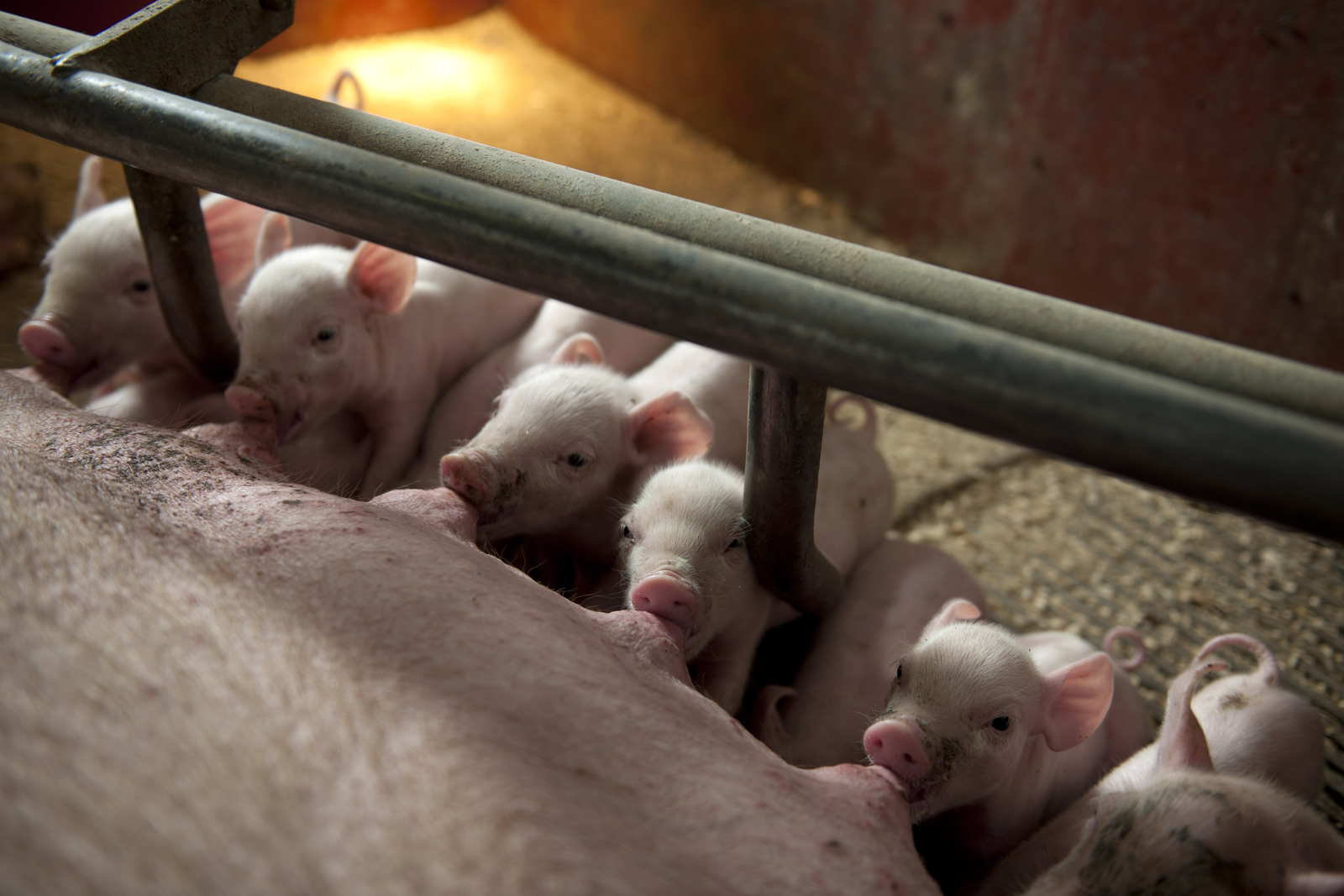Feed intake after weaning key in larger litters

Pig litters are becoming increasingly large, which result in smaller, hence weaker, piglets. The time-frame around weaning appears to be the moment where most improvement can be made. Stepping up feed intake can happen through a co-processed soy and yeast product.
As genetics have become more global and production economy has been influencing the goals, one figure in particular sticks out – the number of piglets weaned per sow per year (PSY). With litter sizes increasing, the average size of the piglets born decreases.
This leaves us with the fact that piglets at weaning will continue to be smaller as long as litter sizes increase. Having smaller piglets at weaning presents several well-known challenges: Survival rate, feed intake, daily gain, medication consumption and the extra work and eventually the potential reduction in productivity from having an increase in days to slaughter and increased feed conversion for growing/finishing pigs.
The periods immediately pre- and post-weaning offer the most opportunities to fight these challenges. Making sure piglets have high a feed intake from weaning (and during creep feeding) is thus of great importance. Looking across the world, the use of blood plasma is often mentioned as a solution to boost feed intake.
Hamlet Protein set out to develop a new alternative to blood plasma. Essentially, the product HP 800 Booster is based on the same technology as the company’s earlier product HP 300, but now the value of yeast and its metabolites is added, by co-processing soy and yeast. Several feeding trials have been performed to verify the effect of this approach.
Read the full article from By Lars Sangill Andersen and Carsten Pedersen, Hamlet Protein, Denmark (including the trial results) in the Piglet Health special from Pig Progress (publication in June 2014).











